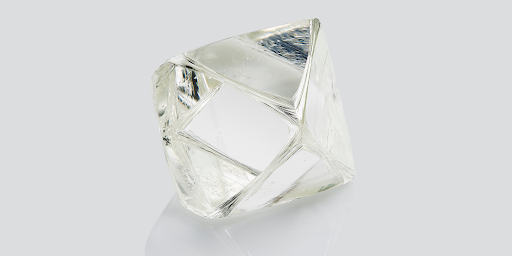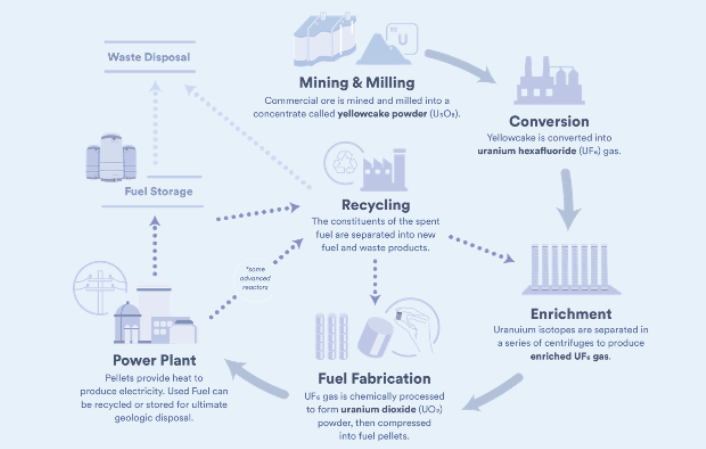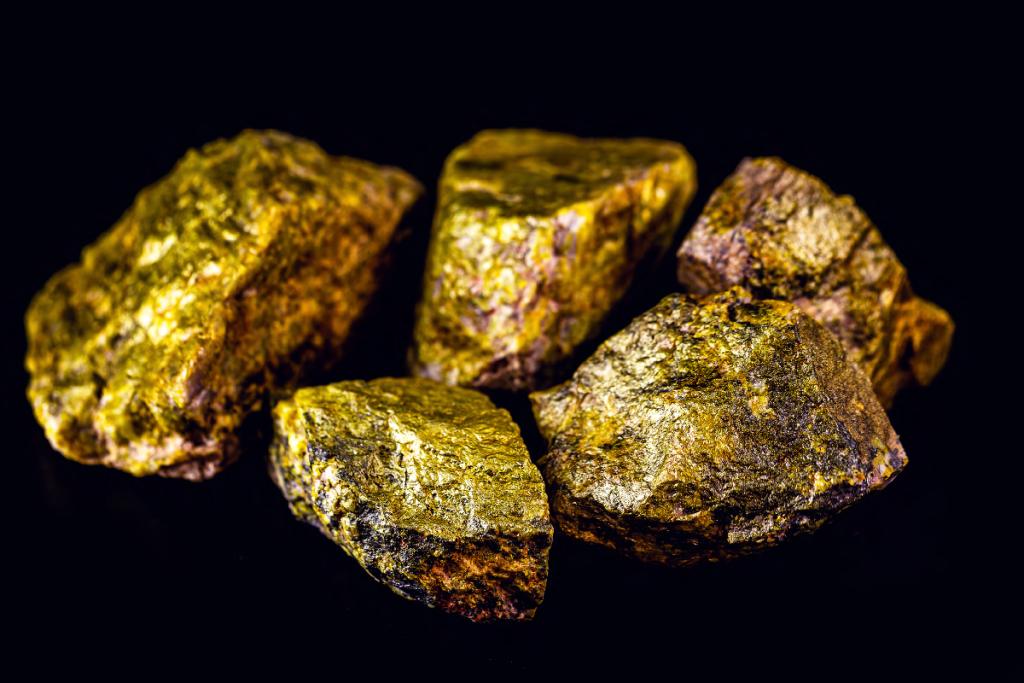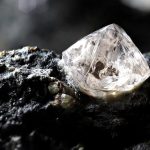Exploring The Significance Of Diamond

Diamonds have always been esteemed as an emblem of luxury, affluence, and affection. These extraordinary precious stones are created in the outermost layer of the Earth through a process involving high temperatures and intense pressure.
Diamonds consist of carbon atoms organized in a crystal framework formation, which accounts as a result of their remarkable hardness and brightness.
Diamonds are a remarkable natural phenomenon, fascinating mankind over decades with their stunning brilliance and beauty.
However, what distinguishes these jewels as exceptionally distinctive? What is the process of their formation? What is the reason behind their strong attraction?
This piece @ Zik Natural Resources will explore the captivating realm of diamonds, examining their historical background, various varieties, and uses, that enhance their distinctive characteristics and worth.
The Historical Background Of Diamond
The term “diamond” originates from the ancient Greek word “adamas,” which means “not possible to tame.” Diamonds are created through the extended exposure of carbon-rich in minerals, to intense pressure, as well as substantial temperatures, often occurring at depths of around 90 to 120 miles, beneath the surface of the Earth.
Under severe conditions, carbon atoms slowly solidify over millions of years, undergoing a process of crystallization to generate the captivating precious stones commonly referred to as diamonds.
The use of diamonds for sacred ceremonies in India may be traced back to 2,500 years ago. Additionally, diamonds were also found in river channels and soil deposits and were utilized for craft uses, and also for making drilling equipment and etching tools.
In the medieval period, diamonds gained significance, as a representation of affluence and authority within the European aristocracy.
Diamonds became widely available to most people, in the 19th century after the identification of diamond mines in South Africa.
Subscribe to www.zikresources.com for more educative content
The Different Types Of Diamonds
Diamonds can be categorized into distinct varieties according to their color, clarity, and origin.
- Natural diamonds are formed between the crust of the Earth’s mantle through natural processes involving areas of high pressure and extreme temperatures. Diamonds of natural origin are extracted from kimberlite pipes, sedimentary deposits, and various other geological structures.
- Synthetic Diamonds also known as manufactured diamonds, are created in laboratory environments by methods such as High-Pressure High-Temperature (HPHT) and Chemical Vapour Deposition (CVD). These diamonds possess identical chemical components and physical characteristics to those in nature.
- Transparent Diamonds: Colorless diamonds are diamonds that are completely clear and do not have any apparent color. Gemologists evaluate diamonds using a color grading system that ranges from D (completely colorless) to Z (light yellow or brown), D is regarded as the most valuable, because of its absolute lack of color.
- Fancy-colored diamonds are diamonds that possess a unique and appealing natural color, such as yellow, brown, blue, green, red, or orange.
- Flawless Diamonds: Flawless diamonds are uncommon valuable gemstones, that exhibit no inner flaws or surface imperfections when examined under a 10x magnification. The diamonds possess a significant worth due to their excellent clarity and purity.
Subscribe to www.zikresources.com for valuable content
The Significance Uses Of Diamond
- It is utilized in thermal sinks, semiconductor bases, and high-voltage devices, hence, facilitating the advancement of speedier and more productive components for electronics.
- It is utilized in spaceship components by using diamond-based materials, like windows and thermal barriers, to guarantee resilience and efficiency in challenging conditions.
- It is utilized in cutting and grinding tools, machinery for industry, optics parts, and implantable medical devices, thereby enhancing the durability and efficiency of these items.
- It is used in photovoltaic cells, and polymer electrolyte membrane fuel cells, providing improved effectiveness and long-term viability in the production and conservation of energy.
- It also serves as symbol of opulence and refinement, particularly as fashionable accessories, that embody excellence and elegance.
Subscribe to www.zikresources.com for more interesting and exciting content
In conclusion, starting from the nineteenth century, diamonds have experienced a surge, in popularity as a result of advancements in cutting and polishing methods.
Diamonds, known for their exceptional radiance, have fascinated mankind for millennia, with their enduring elegance and charm.
The exceptional hardness of a diamond enhances its value as a precious stone. Unlike many other stones, this particular gemstone is very suitable for everyday usage because of its exceptional ability to withstand scratches.
Contact www.zikresources.com for more information about anything on Natural resources







